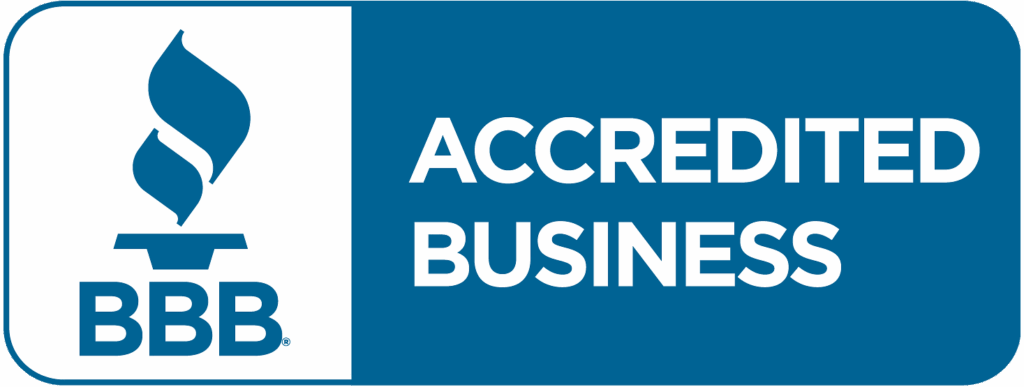In today’s fast-paced world, where environmental concerns are growing by the day, it’s crucial for us to adopt eco-friendly practices in every aspect of our lives. When it comes to maintaining a sustainable home, one of the key areas to focus on is plumbing. By incorporating eco-friendly plumbing practices, not only can you contribute to a greener planet, but you can also reduce your water consumption and save on utility bills. Here are the top 5 eco-friendly plumbing practices for a sustainable home:
1. **Low-Flow Fixtures:** Installing low-flow fixtures such as faucets, showerheads, and toilets can significantly reduce water usage in your home. These fixtures are designed to conserve water without compromising on performance. By making this simple switch, you can save gallons of water each year, ultimately contributing to water conservation efforts.
2. **Fixing Leaks Promptly:** A dripping faucet or a leaky pipe may seem harmless, but over time, these seemingly minor issues can waste a significant amount of water. By promptly fixing any leaks in your plumbing system, you not only prevent water wastage but also save money on your water bill. Regularly check your plumbing fixtures for leaks and address them immediately to maintain a sustainable home.
3. **Greywater Recycling:** Greywater recycling is the practice of reusing water from sinks, showers, and laundry for purposes such as irrigation. By installing a greywater recycling system in your home, you can reduce the amount of freshwater you use for watering plants or flushing toilets. This eco-friendly practice not only conserves water but also minimizes the strain on sewage systems.
4. **Insulating Pipes:** Properly insulating your plumbing pipes can help prevent heat loss and reduce energy consumption. When hot water travels through uninsulated pipes, it loses heat along the way, resulting in the need to use more energy to maintain desired water temperatures. By insulating your pipes, you can optimize the efficiency of your hot water system and decrease your energy expenses.
5. **Tankless Water Heater:** Consider replacing your traditional water heater with a tankless water heater. Unlike conventional water heaters that store and constantly heat a large volume of water, tankless water heaters heat water on demand, thereby reducing energy usage. By switching to a tankless water heater, you not only save on energy costs but also reduce your home’s carbon footprint.
In conclusion, practicing eco-friendly plumbing habits is not only beneficial for the environment but also for your wallet. By implementing these top 5 eco-friendly plumbing practices in your home, you can contribute to sustainability efforts while enjoying the long-term benefits of reduced water and energy consumption. Make a positive impact today by incorporating these practices into your household routine and be a part of the solution towards a greener future.



